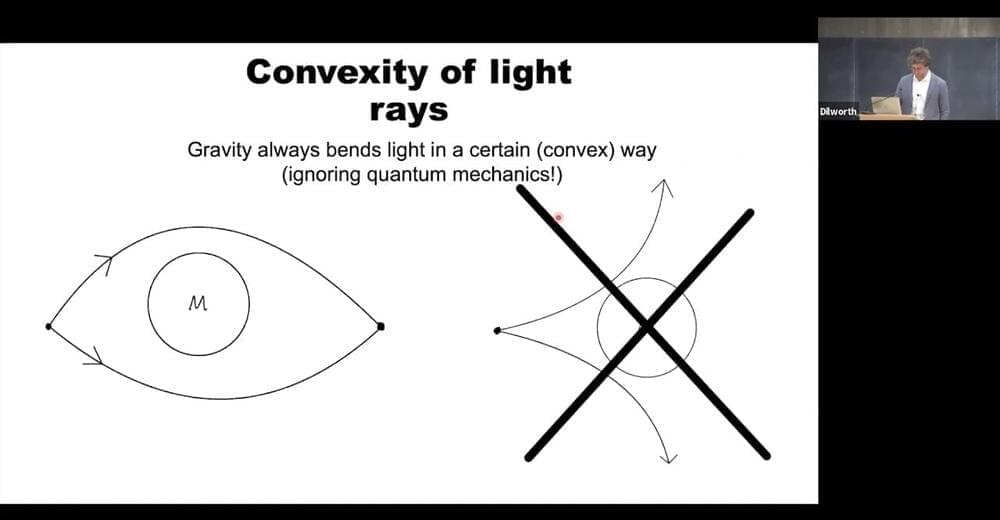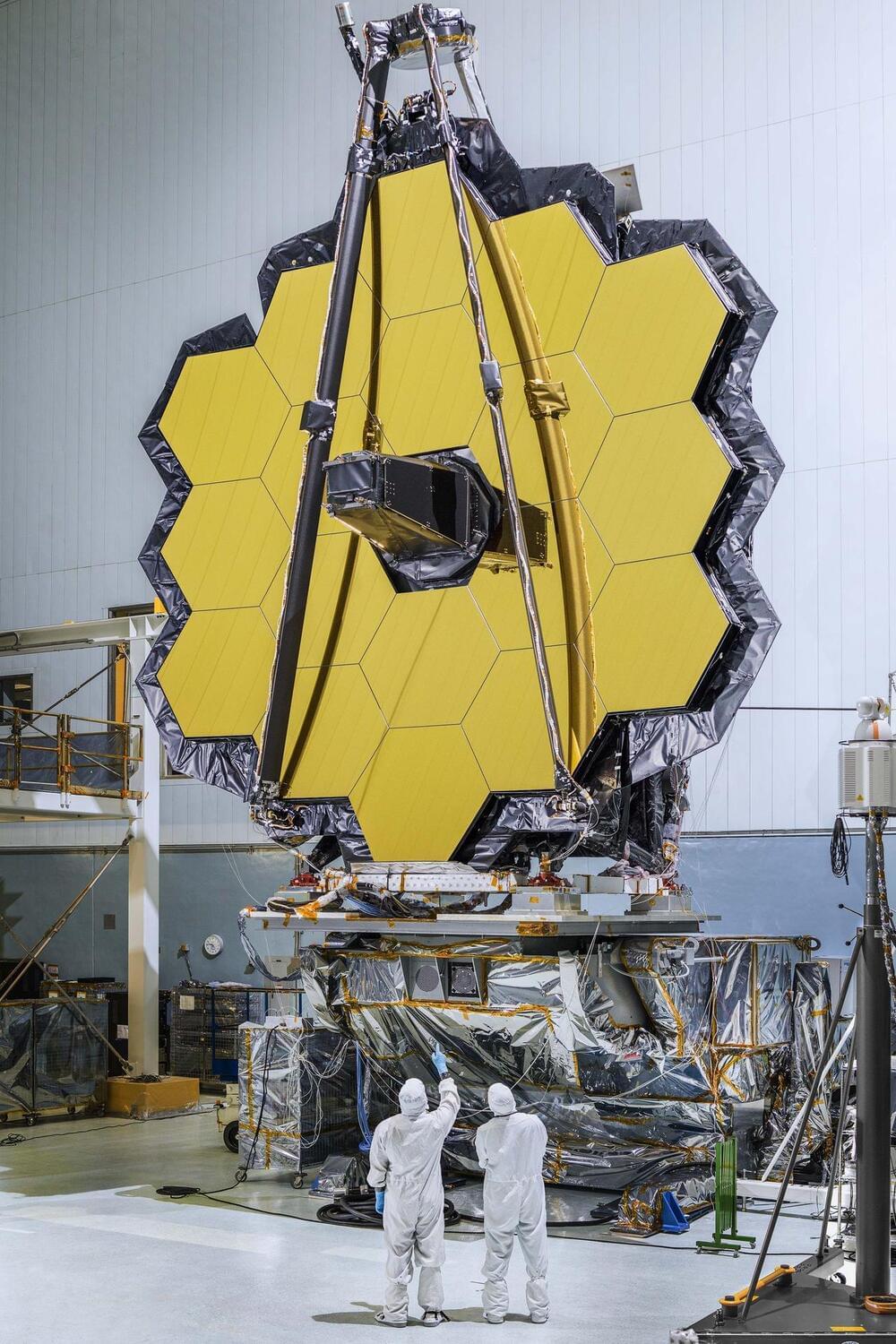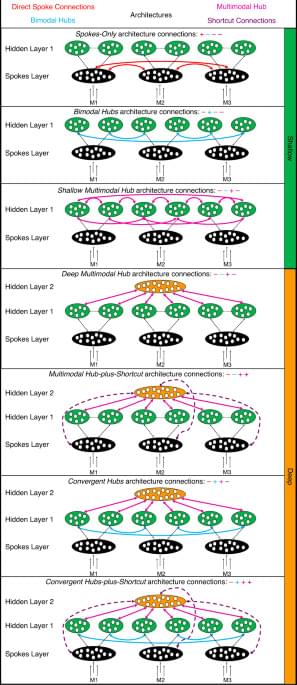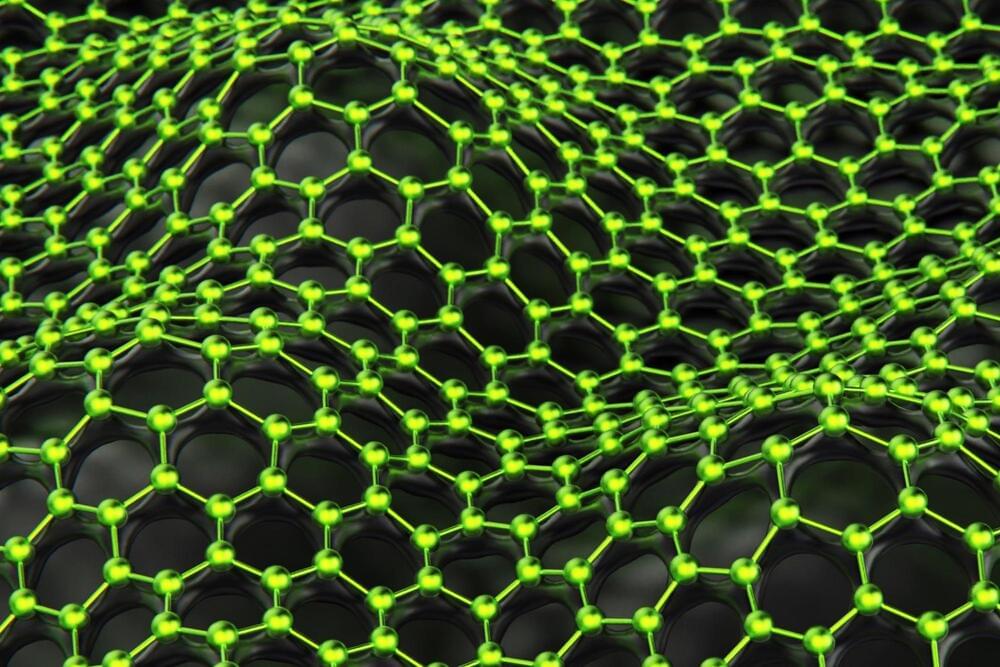This entrepreneurs immigrant parents instilled self-sufficiency. Now, he’s taking on tech giants like Apple and Microsoft by engineering a laptop anyone can build and repair on their own.


This entrepreneurs immigrant parents instilled self-sufficiency. Now, he’s taking on tech giants like Apple and Microsoft by engineering a laptop anyone can build and repair on their own.

Wireless implantable devices and IoT could manipulate the brains of animals from anywhere around the world due to their minimalistic hardware, low setup cost, ease of use, and customizable versatility.
A new study shows that researchers can remotely control the brain circuits of numerous animals simultaneously and independently through the internet. The scientists believe this newly developed technology can speed up brain research and various neuroscience studies to uncover basic brain functions as well as the underpinnings of various neuropsychiatric and neurological disorders.
A multidisciplinary team of researchers at KAIST, Washington University in St. Louis, and the University of Colorado, Boulder, created a wireless ecosystem with its own wireless implantable devices and Internet of Things (IoT) infrastructure to enable high-throughput neuroscience experiments over the internet. This innovative technology could enable scientists to manipulate the brains of animals from anywhere around the world. The study was published in the journal Nature Biomedical Engineering on November 25.

https://youtube.com/watch?v=xUs9Jq5gCzc
Mechazilla, one of the best innovative creations of SpaceX to catch its rocket will be discussed right here on this article, on how SpaceX assembled and installed this step-by-step. So, make sure to stay tuned for this very exciting information.
There is no doubt that people have talked about Elon Musk’s contributions to science and engineering, and given the fact that currently, he is the richest person in the world according to Forbes.
And his commitment to the cause of humanity pushes him to do many of the impossible. Further, the success SpaceX and he experienced in reusing a Falcon rocket prompted him to develop a plan for using the next-generation rocket, Starship.

Friends Lunch with a Member.
Topic: Negative Energy, Quantum Information and Causality.
Speaker: Adam Levine.
Date: November 19, 2021
Einstein’s equations of gravity show that too much negative energy can lead to causality violations and causal paradoxes such as the so-called “grandfather paradox. In quantum mechanics, however, negative energies can arise from intrinsically quantum effects, such as the Casimir effect. Thus, it is not clear that gravity and quantum mechanics can be self-consistently combined. In this talk, Levine will discuss modern advances in understanding the connection between energy and causality in gravity and how quantum gravity avoids obvious paradoxes. He will also explore how this line of thought leads to new insights in quantum field theory, which governs particle physics.
As a physicist, Adam Levine’s research aims to understand the structure of entanglement in quantum field theories and quantum gravity through use of techniques from the study of conformal field theories, as well as quantum information theory and AdS/CFT. With support from the National Science Foundation, Adam is a long term Member in the School of Natural Sciences. He received his Ph.D. from University of California, Berkeley (2019), was a Graduate Fellow at the Kavli Institute for Theoretical Physics (2018), a National Defense Science and Engineering Graduate Fellow (2017−2020), and received the Jeffrey Willick Memorial Award for Outstanding Scholarship in Astrophysics from Stanford University (2015).

Preparations continue toward a target launch date of Dec. 22: https://blogs.nasa.gov/webb/2021/11/24/testing-confirms-webb-telescope-on-track-for-targeted-dec-22-launch


Because global warming and its associated risks are here to stay.
Global warming is causing many physical risks such as droughts, wildfires, and floods. According to the Intergovernmental Panel on Climate Change, global warming is essentially irreversible, which means these dangers will keep coming up. Luckily, some countries have started planning ahead.
The Busan Metropolitan City of the Republic of Korea, the UN-Habitat, and OCEANIX have joined forces to build the world’s first prototype sustainable floating city in order to get ahead of physical risks.
“Sustainable floating cities are a part of the arsenal of climate adaptation strategies available to us. Instead of fighting with water, let us learn to live in harmony with it. We look forward to developing nature-based solutions through the floating city concept, and Busan is the ideal choice to deploy the prototype,” said in a statement the Executive Director of UN-Habitat, Maimunah Mohd Sharif.
As the population rises, more and more people are being pushed to coastal cities. However, these regions are notoriously susceptible to floods and hurricanes.
Full Story:

New work on linear-probing hash tables from MIT
MIT is an acronym for the Massachusetts Institute of Technology. It is a prestigious private research university in Cambridge, Massachusetts that was founded in 1861. It is organized into five Schools: architecture and planning; engineering; humanities, arts, and social sciences; management; and science. MIT’s impact includes many scientific breakthroughs and technological advances.

Ruonan Han seeks to push the limits of electronic circuits.
Ruonan Han’s research is driving up the speeds of microelectronic circuits to enable new applications in communications, sensing, and security.
Han, an associate professor who recently earned tenured in MIT
MIT is an acronym for the Massachusetts Institute of Technology. It is a prestigious private research university in Cambridge, Massachusetts that was founded in 1861. It is organized into five Schools: architecture and planning; engineering; humanities, arts, and social sciences; management; and science. MIT’s impact includes many scientific breakthroughs and technological advances.

Magnetene could have useful applications as a lubricant in implantable devices or other micro-electro-mechanical systems.
A team of researchers from University of Toronto Engineering and Rice University have reported the first measurements of the ultra-low-friction behaviour of a material known as magnetene. The results point the way toward strategies for designing similar low-friction materials for use in a variety of fields, including tiny, implantable devices.
Magnetene is a 2D material, meaning it is composed of a single layer of atoms. In this respect, it is similar to graphene 0, a material that has been studied intensively for its unusual properties — including ultra-low friction — since its discovery in 2004.